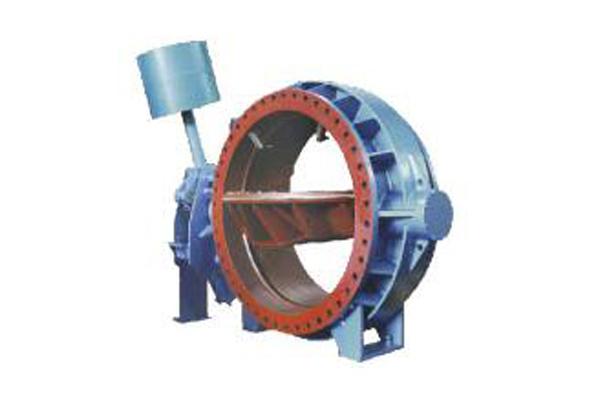Valves are highly utilized in our daily life, some in visible places and some in dark places. But no matter where the valve is installed, its role should not be underestimated. Butterfly valve is a kind of valve. Today, we would like to know what to pay attention to when connecting a butterfly valve.

For the soft seal butterfly valve commonly used in construction, the difference between its three connection forms is the price, which is gradually improved from pair of clamps, trunnions, flanges, etc. Next is the performance. When choosing the bolts to use, the double-headed bolts fix the butterfly valve body in the middle of the pipe flange, while the flange connection requires a pair of bolts to fix the two flanges of the butterfly valve in the middle of the pipe flange. The lug butterfly valve is a special kind, which has two connection holes, one is a penetration hole, and this form is the same as a buttress connection, which needs to be fixed with double-headed bolts. The other is a threaded hole, which is equivalent to playing the role of two nuts in the connection process and is fixed in the middle of the pipe flange with two bolts.
In fact, the clamping butterfly valve is relatively light in weight and relying on the clamping force of the pipe is sufficient to ensure that the butterfly valve is firmly installed in the middle of the pipe without special support. Therefore, it is recommended to be used in unnecessary working conditions with the advantages of low cost and easy installation. Is the project to be carried out with a pair of clamps, lugs, or flanges? This question can be simplified to whether to use a pair of clamps or a flange. An important advantage of a flange over a counterclamp is that it can be clamped to one side of the pipe alone and can be used as a blind or maintained on the other side. To replace, simply close the valve plate and remove the construction side of the pipe. This feature cannot be used for a butt-clamp butterfly valve.
Next, we will start discussing the trunnions. Here is a selection of threaded hole trunnions and flanged butterfly valves. When it comes to this discussion, it is mainly a special vertical industry, the data center industry. This is because this industry has a large number of butterfly valve designs for annular piping networks and has high safety requirements where each section can be quickly closed and maintained without disrupting the system. As a result, there are a large number of trunnion and flange butterfly valves available in this market. The trunnion can be applied for two reasons, one is that it can be individually clamped to one side of the pipe and the other is that it is cheap.
Therefore it is very suitable for the market demand. Taking the common DN400 caliber as an example, the thickness of the trunnion is 102mm, so the force on one side is actually supported by less than 5cm of bolts, which has a great impact on the fatigue strength of the bolts and is far less reliable to use than the flanged connection form. Therefore, it is not recommended to widely use the lug butterfly valve in the project. Let's talk about two butterfly valve points that should be noted:One, the flange of clamping butterfly valve should be equipped with special flange. Two, the common problems of butterfly valve such as valve plate can't be opened and valve seat deformation are usually caused by improper seat installation and extrusion during the installation process. Therefore the butterfly valve connection and installation process should not be forcibly squeezed into the middle of the pipe.